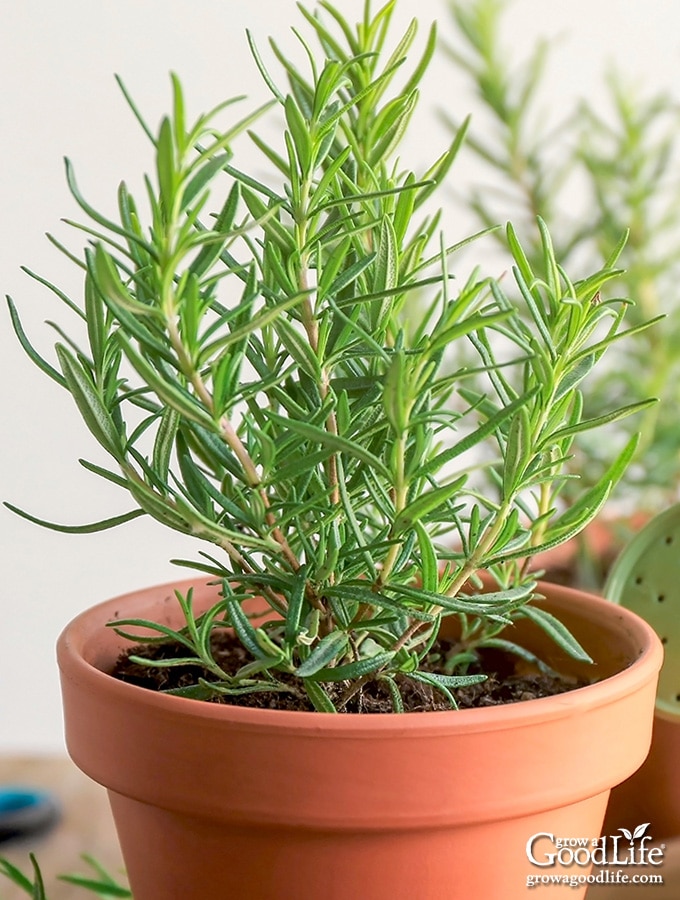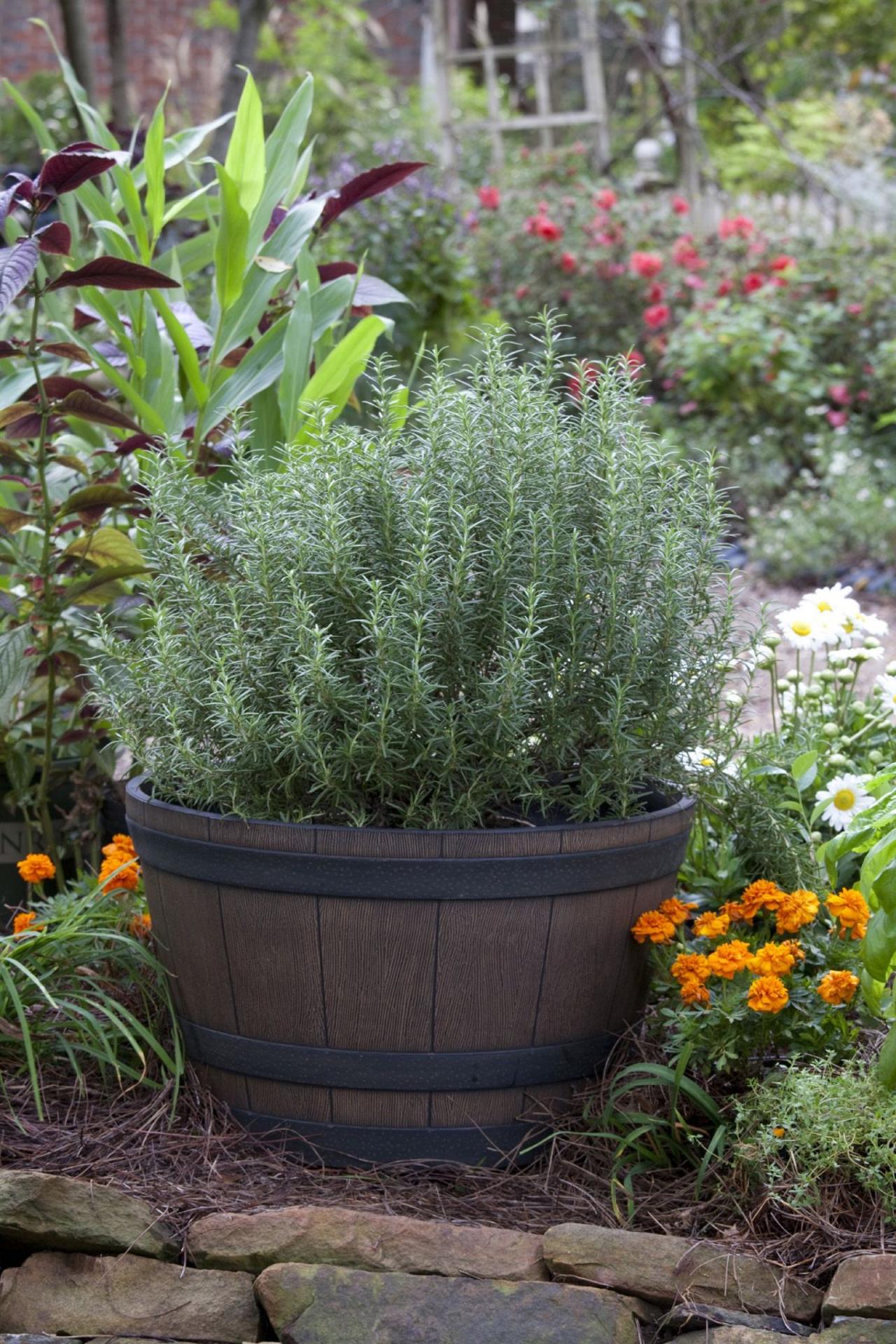Understanding Rosemary’s Lighting Needs
Rosemary plants are known for their love of sunlight, but they can also thrive in partial shade. In fact, rosemary can tolerate a range of lighting conditions, from full sun to partial shade. However, its growth and flavor are significantly affected by the amount of light it receives. When grown in full sun, rosemary plants grow more vigorously, producing more fragrant and flavorful leaves. In partial shade, rosemary’s growth slows, and the leaves may become less potent. But can rosemary grow in the shade? While it’s possible, rosemary plants grown in complete shade may become leggy and weak, with fewer leaves and less flavor. Understanding rosemary’s lighting needs is crucial for gardeners looking to grow this herb in shaded areas.
The Impact of Shade on Rosemary’s Growth and Health
While rosemary plants can tolerate partial shade, they may struggle in complete shade. The effects of shade on rosemary’s growth rate, leaf color, and overall health can be significant. In low-light conditions, rosemary plants may grow more slowly, producing fewer leaves and stems. The leaves themselves may become lighter in color, losing some of their characteristic fragrance and flavor. Additionally, shade can make rosemary plants more susceptible to disease and pests, as they may become weakened and stressed. However, with proper care and attention, rosemary can still thrive in shaded areas. By understanding how shade affects rosemary’s growth and health, gardeners can take steps to mitigate these effects and create an optimal environment for their plants. Can rosemary grow in the shade? Yes, but it requires careful consideration of the plant’s specific needs and limitations.
How to Grow Rosemary in Shaded Areas: Tips and Tricks
While rosemary plants can thrive in full sun, they can also grow well in shaded areas with proper care and attention. To successfully grow rosemary in shade, it’s essential to choose the right variety, provide sufficient air circulation, and maintain optimal soil conditions. When selecting a rosemary variety, look for ones that are specifically bred for shade tolerance, such as ‘Miss Jessop’s Upright’ or ‘Tuscan Blue’. These varieties tend to be more compact and produce fewer flowers, making them well-suited for shaded areas. Additionally, ensure that your rosemary plant receives adequate air circulation to prevent fungal diseases that thrive in humid, shaded conditions. Finally, maintain well-draining soil with a pH between 6.0 and 7.0, and provide regular fertilization to promote healthy growth. By following these tips, gardeners can successfully grow rosemary in shaded areas, and can rosemary grow in the shade? Absolutely, with the right conditions and care.
The Role of Soil Quality in Rosemary’s Shade Tolerance
Soil quality plays a crucial role in rosemary’s ability to thrive in shaded areas. Well-draining soil is essential, as rosemary is susceptible to root rot in waterlogged conditions. A mix with good drainage, such as a combination of peat moss, perlite, and vermiculite, can help prevent this issue. Additionally, rosemary prefers a slightly acidic to neutral soil pH, ranging from 6.0 to 7.0. Soil with a pH outside this range can lead to nutrient deficiencies, which can negatively impact rosemary’s growth in shaded areas. Furthermore, nutrient availability is critical in low-light conditions, as rosemary may struggle to produce energy through photosynthesis. Fertilizing with a balanced, water-soluble fertilizer can provide the necessary nutrients for healthy growth. By ensuring optimal soil conditions, gardeners can create an environment that allows rosemary to flourish in shaded areas, and can rosemary grow in the shade? With the right soil, absolutely.
Comparing Rosemary Varieties: Which Ones Perform Well in Shade?
When it comes to growing rosemary in shaded areas, not all varieties are created equal. Some rosemary varieties are more tolerant of shade than others, making them ideal for gardeners who want to grow this herb in low-light conditions. ‘Miss Jessop’s Upright’ and ‘Tuscan Blue’ are two popular varieties that perform well in shade, producing compact, flavorful foliage even in partial shade. On the other hand, varieties like ‘Arp’ and ‘Hill Hardy’ require full sun to thrive and may not do well in shaded areas. When selecting a rosemary variety for shaded areas, look for ones that are specifically bred for shade tolerance or have a compact, bushy growth habit. By choosing the right variety, gardeners can increase their chances of success and enjoy a bountiful harvest of fragrant, flavorful rosemary, even in shaded areas. Can rosemary grow in the shade? With the right variety, absolutely.
Common Mistakes to Avoid When Growing Rosemary in Shade
While rosemary can thrive in shaded areas with proper care, gardeners often make mistakes that can hinder its growth. One common mistake is overwatering, which can lead to root rot and other problems. To avoid this, ensure the soil drains well and avoid watering too frequently. Underwatering is another mistake that can cause rosemary to become stressed and vulnerable to pests. Make sure to water regularly, but avoid waterlogged soil. Failing to provide sufficient air circulation is another mistake that can lead to fungal diseases and pest infestations. Ensure good air circulation around the plant by providing enough space and pruning regularly. By avoiding these common mistakes, gardeners can create an optimal environment for rosemary growth in shaded areas, and can rosemary grow in the shade? With proper care, absolutely.
Creating the Ideal Environment for Rosemary Growth in Shade
To create an optimal environment for rosemary growth in shaded areas, gardeners should focus on pruning, fertilizing, and pest management. Pruning is essential to promote healthy growth and prevent the plant from becoming leggy. Regular pruning also encourages bushy growth and increases the yield of fragrant leaves. When it comes to fertilizing, a balanced fertilizer with a slightly acidic pH can help promote healthy growth in shaded areas. Additionally, gardeners should be mindful of pests such as spider mites, mealybugs, and aphids, which can thrive in shaded conditions. Regularly inspecting the plant and using organic pest control methods can help prevent infestations. By following these tips, gardeners can create an ideal environment for rosemary growth in shaded areas, and can rosemary grow in the shade? With proper care and attention, absolutely. By providing the right conditions, gardeners can enjoy a thriving rosemary plant, even in shaded areas.
Conclusion: Can Rosemary Grow in the Shade?
In conclusion, rosemary can indeed grow in shaded areas with proper care and attention. By understanding rosemary’s lighting needs, choosing the right variety, and providing optimal soil conditions, gardeners can successfully cultivate this fragrant herb in shaded areas. Additionally, by avoiding common mistakes and creating an ideal environment for growth, rosemary plants can thrive in low-light conditions. Whether you’re a seasoned gardener or a beginner, growing rosemary in shade can be a rewarding experience. So, can rosemary grow in the shade? Absolutely, with the right approach. Experiment with growing rosemary in shade and discover the many benefits of this versatile and aromatic herb.


:max_bytes(150000):strip_icc()/grow-and-care-for-rosemary-plants-1403406-01-f83318ec3c9d490eb6b836e645d5d26b.jpg)



:max_bytes(150000):strip_icc()/grow-and-care-for-rosemary-plants-1403406-01-f83318ec3c9d490eb6b836e645d5d26b.jpg)
